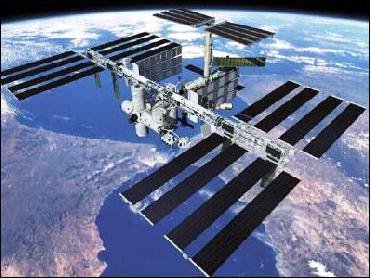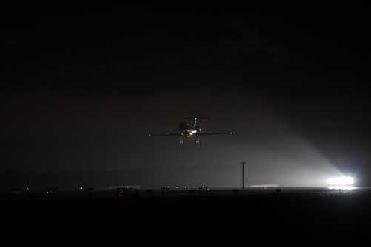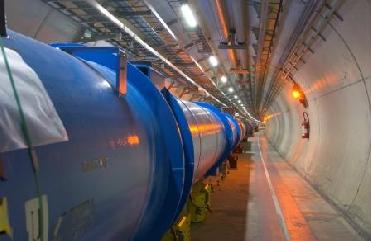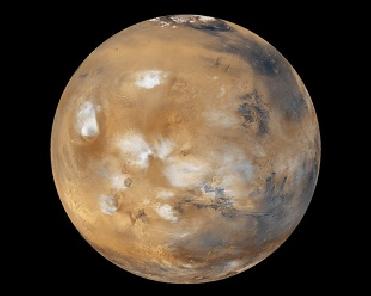
International Space Station. File photo
WASHINGTON (BNS): Have you ever wondered what it would be like if one was away nearly 250 miles above the Earth and from the nearest kitchen tap? Transporting one pint of fresh water onboard the space shuttle to the station would cost a whopping $15,000!
To overcome this, astronauts on the International Space Station recapture every possible drop. It includes water evaporated from showers, shaving, brushing and hand washing, plus perspiration and water vapour that gets collected in the astronauts' space suits. They even transfer water from the fuel cells that provide electric power to the space shuttle.
However, till now, NASA had left out on one major source of water - urine. This will be tapped soon with the deployment of the new Water Recovery System. On November 14, the system will depart from the Kennedy Space Center on Space Shuttle Endeavor and will save the space agency from shipping 60 pounds of additional supplies and thereby spending up to $600,000 annually.
Researchers at the Michigan Technological University have worked on the Water Recovery System which can transform ordinary urine into water as pure as the one available on Earth.
Project lead researcher David Hand said that during trials, they received jars of sweat from NASA. "Then we did experiments on the system, measured it at every step, evaluated it and made recommendations." The researcher said that work on the project was conducted from 1993 to 1997 at Tech.
Explaining the working of the system, Hand said that under the new system, urine undergoes an initial distillation process and then joins the rest of the recovered fluids in the water processor. The processor filters out solids such as hair and lint and then sends the wastewater through a series of multi-filtration beds, in which contaminants are removed through adsorption and ion exchange.
"What's left over in the water are a few non-adsorbing organics and solvents, like nail polish remover, and they go into a reactor that breaks them all down to carbon dioxide, water and a few ions," Hand said. After a final check for microbes, the water is clean and ready to drink.
Layne Carter, the Water Recovery System lead engineer at Marshall Spaceflight Center in Huntsville, Ala., gives credit to Hand and the Tech research team for developing the system. "Without a doubt, if it hadn't been for their modeling effort, we never would have been able to redesign the multi-filtration beds and achieve that level of efficiency," Carter said, adding that they did a fantastic job.
Using mathematical models, the Tech researchers helped improve the overall design of the multi-filtration beds. The redesigned beds have 30 percent more capacity, which means that NASA doesn't have to send about 60 pounds of additional supplies up to the space station annually. "That may seem trivial, but it saves NASA about $600,000 each year," Carter added.
 Next Article
Next Article













The Indian Air Force, in its flight trials evaluation report submitted before the Defence Ministry l..
view articleAn insight into the Medium Multi-Role Combat Aircraft competition...
view articleSky enthusiasts can now spot the International Space Station (ISS) commanded by Indian-American astr..
view article